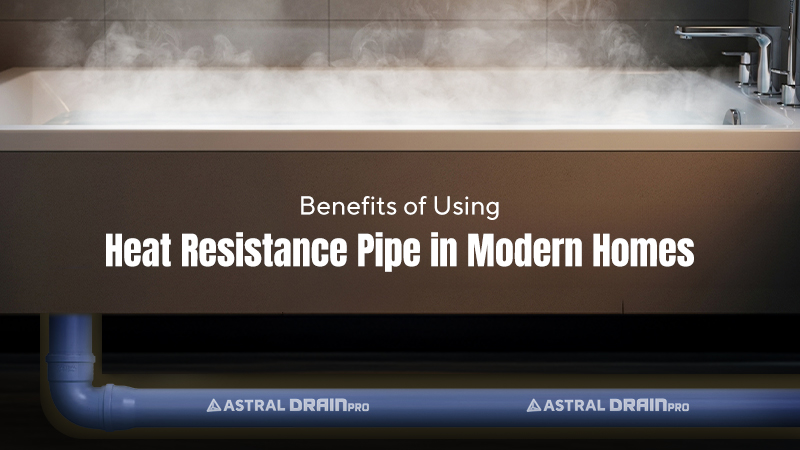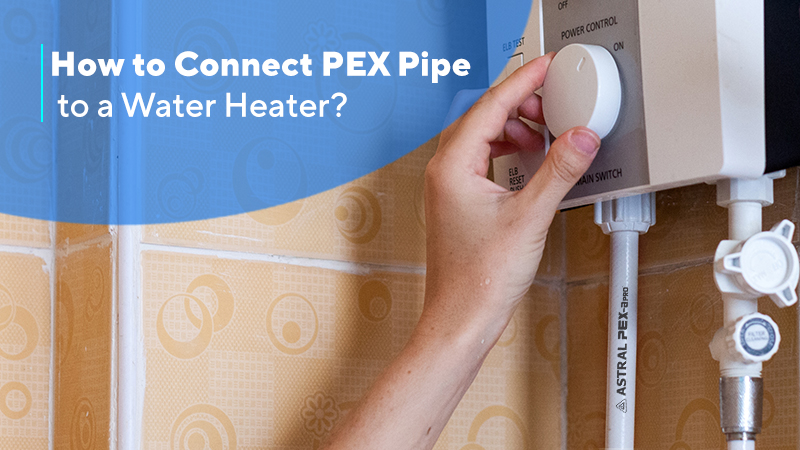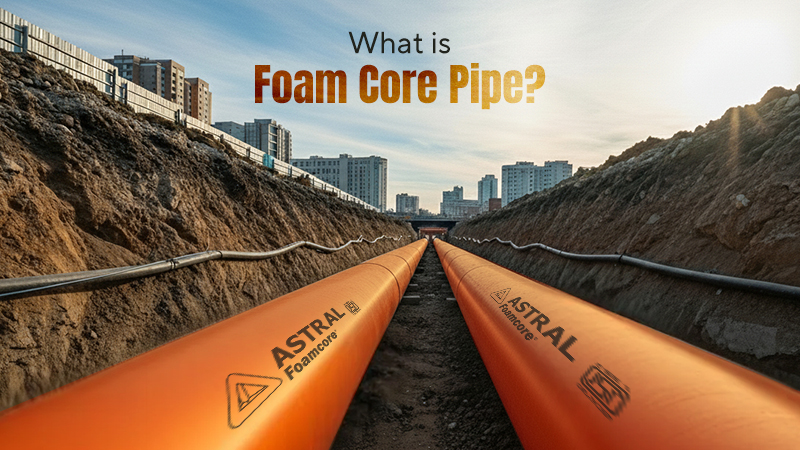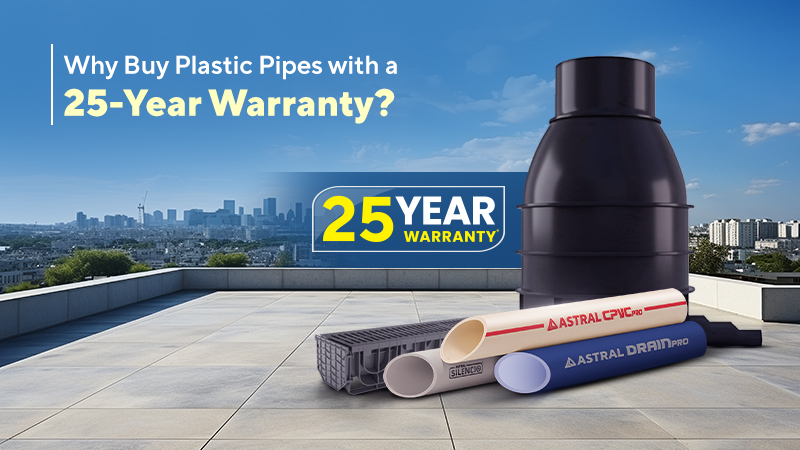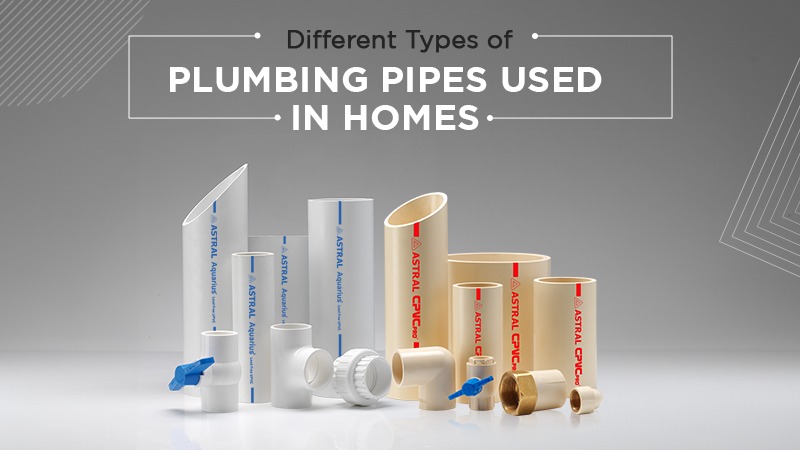
30 Oct 2024
Different Types of Plumbing Pipes Used in Homes
Before we move on to discussing the various common types of plumbing pipes for homes, let’s briefly talk about what these are. These are hollow tubes that serve the purpose of transporting water from one destination to the other. They act as a tool for a wide range of purposes like carrying out plumbing repairs, carrying waste water from washrooms to septic tanks, watering your garden, transporting water from the water heater to your faucets, just to name a few.
Types of Plumbing Pipes Used in Homes
Here’s a listing of some of the most common and that are used at homes:
1. PEX Pipes
One of the most popular and affordable categories of home plumbing pipes is PEX pipes. These cross-linked polyethylene pipes are a unique blend of rigidness and flexibility. They are strong and durable enough to withstand the pressures of waterflow and extreme temperatures, and yet flexible enough to pass through basements, walls, ceilings, and other places.
2. PVC Pipes
Polyvinyl chloride piping are plastic pipes that are installed for carrying waste from sinks, toilets, and shower drains to the sewerage pipes. These are lightweight, comparatively cost-effective, and easier to install than a lot of other home plumbing PVC pipes made of galvanised steel. These too are easy to cut and fix with other pipes and plumbing fittings types using glue. They are rust and corrosion-resistant to a great extent and prevent sediment buildup.
3. CPVC Pipes
What sets (chlorinated polyvinyl chloride) CPVC pipes from PVC is that, unlike the latter, the former is chlorinated. This equips these pipes to withstand extreme temperatures as high as 200° F, making them one of the most appropriate plumbing pipes for transporting hot water. Due to its better functionality than PVC pipes, they are higher priced as compared to them. CPVC pipes are also meant for indoor use because too much sunlight may lead to their breakdown.
4. Copper Pipes
Generally used for showers, tubs, sinks, and other fittings, these can be reliably used for as many as 50 years. Being corrosion-resistant and their ability to protect the quality of water make them a much-preferred option among homeowners and plumbers alike, despite being relatively expensive. This is because bacteria cannot thrive in these pipes, apart from them being free from corrosion. To top that, these pipes can handle high pressure of water and extreme temperatures as well.
5. Stainless Steel Pipes
Price higher than copper pipes but not without a good reason—-the reason being their premium quality. These plumbing pipes are best suited for installing in coastal areas that experience extreme temperatures and weather conditions due to their corrosion-resistant and durable quality. Available in a variety of sizes and both rigid and flexible varieties, these pipes can be fitted together with the help of couplings.
6. ABS Pipes
Acrylonitrile butadiene styrene pipes resemble PVC pipes, although these are black and comparatively more durable. These are mostly installed as vent and drain lines. They are pocket-friendly and can withstand cold temperatures, although UV exposure tends to reduce its quality.
7. Flexi Pipes
Also known as flexible pipes, these are usually made of stainless steel and are used for connecting to appliances like toilets, water heaters, and sinks. These are usually not used for installing inside walls or floors. These are known to be quite durable, although their quality tends to degrade after years of wear and tear. Flexi pipes are priced on the expensive side because they are one of the best plumbing pipes for home plumbing.
8. High-Density Polybutylene Pipes (HDPE)
High-density polybutylene pipes are an advanced version of polybutylene pipes, meant to cover the limitations of the latter. These are one of the most versatile types of plumbing pipes, which are synonymous with their corrosion-resistant and durable features.
Check out our blog on What Are the Different Types Of Industrial Pipes And Ball Valves?


